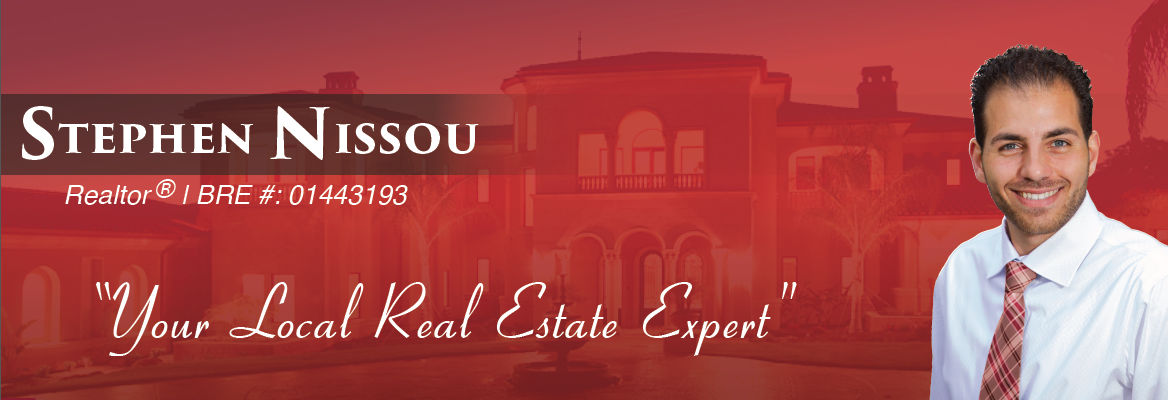Furnishing, decorating or
redecorating a home can be expensive, tedious and sometimes a bit frustrating.
We must try to keep up with the latest, ever-changing fashion trends while also
attempting to carefully balance expenses with the social responsibility of not
creating additional landfill waste. We live in a crowded world where the
unnecessary dumping of bulky furniture items or interior finishes that are
still in good shape shouldn't be tolerated.
Try to keep
sustainability in mind as you decorate your home. Seek out items containing
recycled content or made from eco-friendly materials. Donate or sell items that
could be salvaged whenever possible, as they should be given the opportunity
for a second life in another home.
Here are a few simple
design ideas with a sustainable approach, to help give a fresh look to your
home while remaining eco-friendly.
Focus on the Finishes
If you're starting bare
bones with your home décor, you can select interior finishes that contain
recycled content or that are made from rapidly renewable resources. There are
many flooring options available today that provide style and are also quite
cost effective—bamboo, cork or linoleum, to name a few. For carpeting, look at
selections bearing recycled materials, or that contain wool or even corn
fibers, for a sustainable choice.
For bathroom or kitchen
countertops, consider ceramic tiles or beautiful glass made entirely from
recycled content. More exclusively for kitchens, look for counters made from
concrete, stainless steel, recycled paper or even reclaimed wood. Consider
cabinetry materials that are sourced from sustainably harvested forests, such
as from the Forest Stewardship Council (FSC), and steer clear of products
containing added urea-formaldehyde to offer a healthier interior environment.
If you're redecorating
your existing home, try and salvage what you've already got! Refinish those
beautiful hardwood floors that can last another lifetime, instead of replacing
them. Refurbish existing cabinetry or interior doors by adding a fresh stain, a
coat of paint, or updated hardware.
"New" Furniture Doesn't Have to Be New
Shop at thrift stores,
antique shops, flea markets or second-hand online retailers for one-of-a-kind
treasures and give them a fresh look. Consider stand-out pieces such as
oversized wooden or metal headboards, table and chair ensembles, distinctive
dressers, buffets or armoires—then refurbish them to compliment your existing
décor. Vintage pieces establish an effortlessly unique appeal and help divert
unnecessary waste from already overflowing landfills.
Another eco-friendly and
cost-effective option is to refinish the furniture you've already got at home.
Some sanding, new hardware, and a fresh stain or paint color added to a single
piece of furniture—or a complete ensemble—will give a room an entirely new
look. Consider a distressed look or even add stenciling or texture. Encourage a
family project and the whole gang will take pride in the finished product!
Use some imagination and
creativity to give new meaning to existing pieces or eclectic, previously-owned
treasures. Antique dressers make gorgeous bathroom vanities; and with a
reclaimed wood top, you can make exceptional kitchen island creations. Search
out vintage lockers for storing mudroom essentials and display houseplants on
rustic hutches or armoires left lazily ajar.
If you absolutely must
have something new, seek out furniture derived from eco-friendly products and
those made from recycled plastics or metals. Consider ethically sourced wood or
accent pieces made from rapidly renewable materials such as bamboo.
Addressing the Finer Details
Don't forget to also
think sustainably when fine-tuning your home décor. Seek out throw rugs or
blankets derived from natural or recycled fibers. Do the same for your fabrics
and textiles, and consider green options such as organic cotton or linen, hemp
or jute.
Most importantly, instead
of buying new, search again for unique, second-hand treasures. Make a bold
statement by adding one-of-a-kind light fixtures to any room. Refurbish vintage
mirrors or antique picture frames. Utilize abandoned window panes for your
photo collections. Consider rustic galvanized tubs, wicker baskets or
ornamental canning jars for your storage needs and add a touch of classic
elegance with a single glass vase or antique table lamp.
As consumers, it is our
social and moral responsibility to think about how our individual actions
affect the world we live in. We can help not only to divert unnecessary waste
from already overcrowded landfills; we can have a lot of fun doing it.
Eco-friendly home design resources:
Your Local Real Estate Agent,












